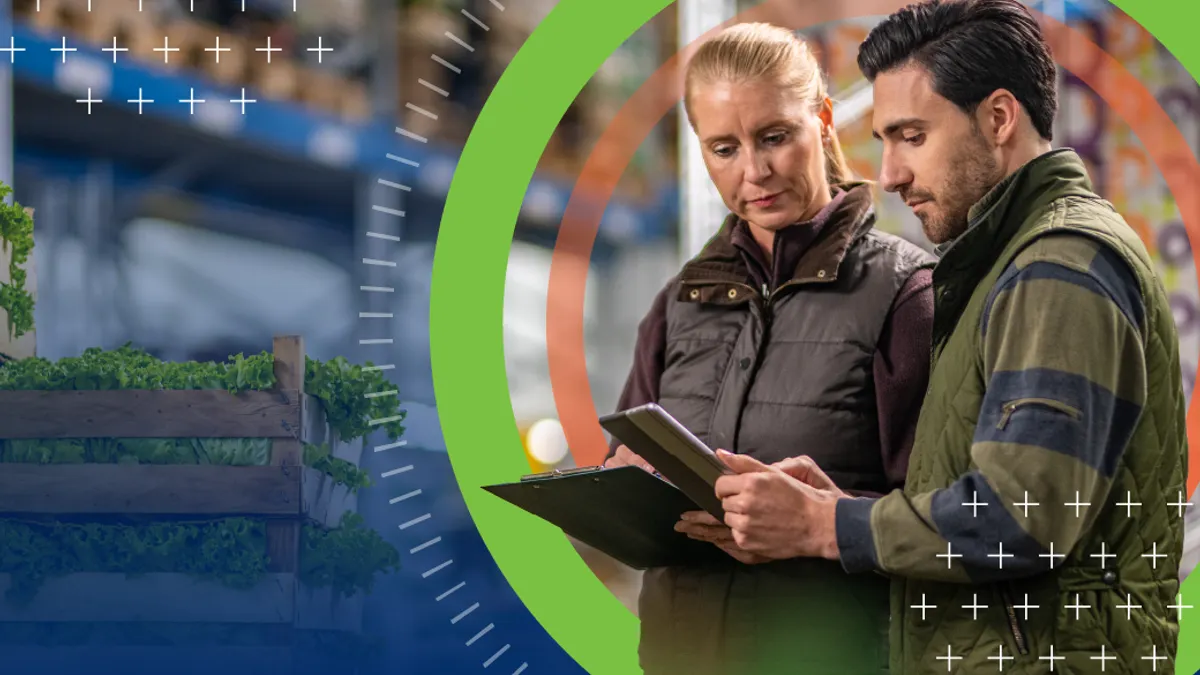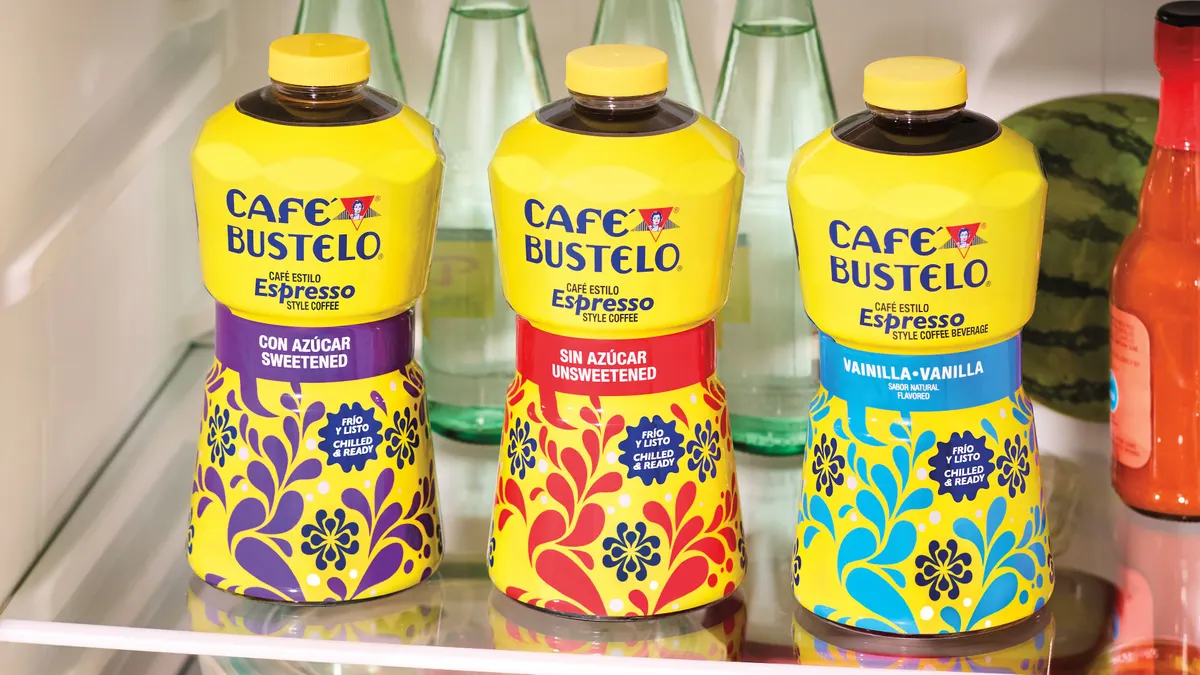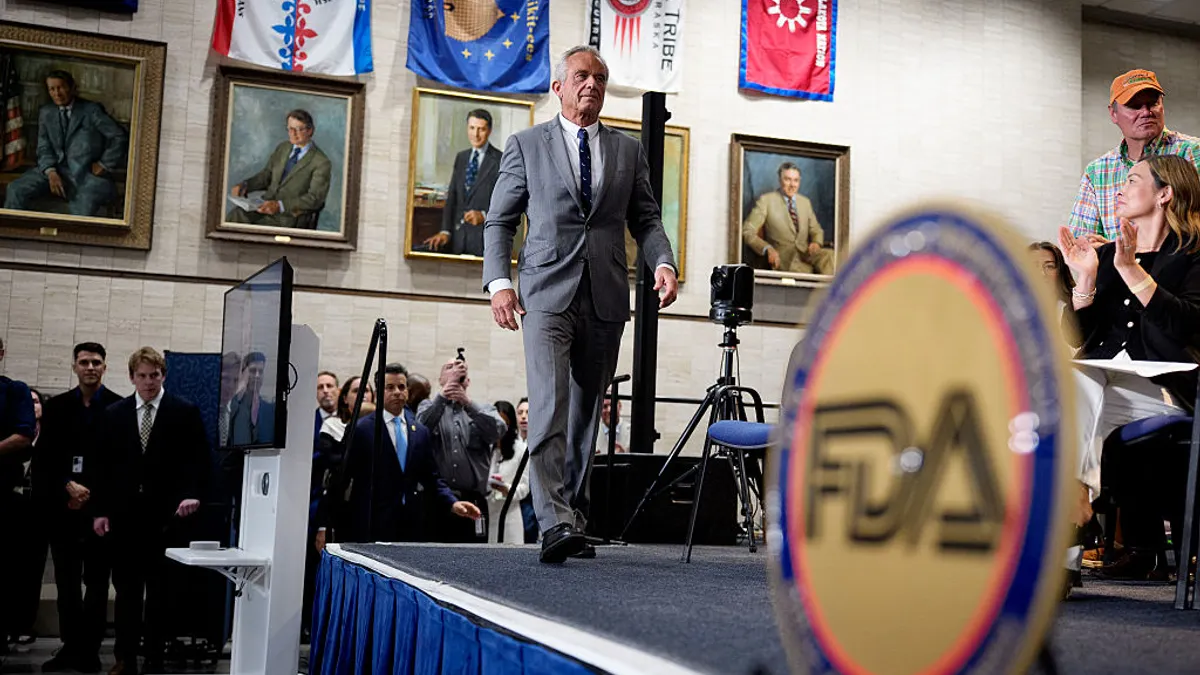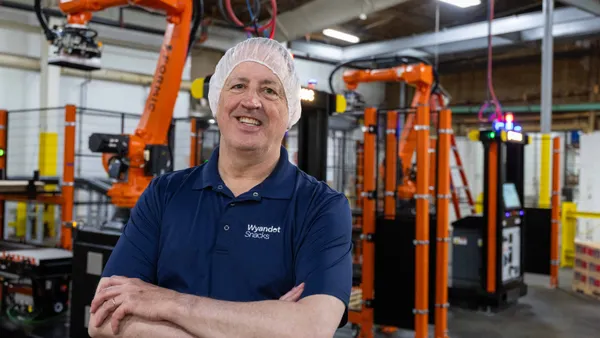Evolving pressures in the food industry are making it a challenge to achieve sustainability and meet the requirements of regulations, while also maintaining profitability. It's clear, however, that one of the most effective paths is through traceability in the supply chain. Technology innovations are revolutionizing how we track and manage food products, offering unprecedented opportunities to optimize freshness, location and routing—key factors in boosting harvest-to-home efficiency.
Regulatory mandates are one challenge, especially the U.S. Food and Drug Administration’s Food Safety Modernization Act (FSMA) Rule 204, requiring end-to-end traceability for high-risk food items by January 20, 2026. Although this rule presents a challenge for industry, it also presents an opportunity for success beyond mere compliance. Traceability technology, when done right, is not only a compliance solution for retailers and food service companies, but also helps them perform precision real-time recalls, meet environmental, social and governance (ESG) goals, satisfy consumer demand for transparency and reap eye-opening cost-savings.
Game-changing results from leveraging traceability technology are spanning pork production (Union Farms), seafood supply chains (Culinary Collaborations and Wegmans Food Markets), produce distribution (Ocean Mist), and restaurants serving billions of hamburgers (Golden State Foods and their customer McDonald’s). From achieving carbon neutrality to ensuring the freshest products reach consumers, traceability standards are proving instrumental in more efficient, sustainable and transparent food systems.
Building a common language for supply chains
“A strong foundation of data is crucial for an interoperable supply chain,” said Liz Sertl, Senior Director, Supply Chain Visibility, Community Engagement, with GS1 US, a not-for-profit global standards organization. “Currently, supply chain information is stored and shared in disparate ways, leading to data meant to resolve issues getting lost in email chains or outdated or potentially inaccurate data persisting.”
This issue is being addressed in part by the wide adoption of GS1 Standards in supply chains, but organizations may not be using these standards to their full extent, according to Sertl. For instance, packaging master data and IT teams may be aware of the standards, but the broader supply chain, quality assurance and legal/regulatory departments may not be. Using this common language can be a boon for trading partners.
A united approach to traceability brings benefits like lower costs and streamlined processes, Sertl said. “All organizations are different, and they don't need to choose the same solution providers, but when you start with that base of GS1 Standards, everyone throughout the supply chain can build on that handshake of information — that’s really powerful.”
Technologies such as Radio Frequency Identification (RFID) and 2D barcodes, including QR codes, can quickly capture data beyond identifiers for products moving rapidly through the supply chain, and systems like Electronic Product Code Information Services (EPCIS) can store and share information along the supply chain. “This extra information, such as expiration dates and recipes, can be powerful for informing consumers and driving satisfaction,” Sertl said.
Traceability pioneers: Real-world applications
Businesses that have adopted GS1 Standards have experienced trailblazing success. For instance, Golden State Foods and their customer McDonald’s, launched an RFID system to manage retail and warehouse inventory and monitor product freshness. This led to a more efficient, digitized supply chain, benefiting Golden State Foods and their downstream partners.
“This was a huge win for them, but RFID may not be the right solution for everyone,” Sertl said. “The key is to start by working together with all your trading partners to understand business problems and work through opportunities to determine the right solutions.”
Culinary Collaborations has revolutionized seafood safety and sustainability with "bait to plate" tracing using the GS1-128 barcode. It captures crucial data points, including harvest dates and lot information, ensuring comprehensive product visibility. The company employed EPCIS for data capture and sharing throughout their supply chain.
From the moment a fish is caught, lands on a boat, is processed and goes through complex import and export systems, each node is meticulously monitored. "It is so illuminating to see what can be unlocked at each of those steps," said Sertl.
Culinary Collaborations actively shares information at industry events to help others more readily meet these new standards for transparency and sustainability, Sertl added.
Wegmans Food Markets supports interoperability within the seafood industry, which can set new benchmarks for sustainability, food safety, quality and ESG goals. Their use of GS1 Standards creates the possibility for streamlined data collection, and enhanced supply chain responsiveness. This allows for more informed purchasing decisions and quickly accessible, verifiable data on organic certifications or other claims.
Transforming agriculture and animal farming
GS1 Standards are also transforming agricultural operations, as with Ocean Mist, who implemented GS1-128 barcodes for case labeling. They included crucial information such as Global Trade Item Numbers® (GTINs®), harvest dates and lot details. “With greater transparency and accuracy, they're solving problems,” said Sertl. “The initial steps and background work can be really difficult, but once you have a strong foundation to grow from, you become somewhat future proof."
In the realm of animal farming, Union Farms tackled the challenge of capturing environmental impact data in pork production. "Their case study section, ‘Diary of a Pig,’ includes how many times someone checked on the animals, how much water was used for feeding and cleaning and readings for temperatures and humidity."
Tracking this data yielded remarkable results. "They achieved carbon neutrality, and they can prove it," said Sertl. They also increased productivity and profitability (carbon credits brought an average added profit of $10 to $15 per ton of carbon per acre), and positioned them to sustain and improve the family farm for future generations.
Industry resources: Simplifying traceability adoption
As organizations navigate the complexities of new practices, collaboration and education can help.
"We can share what's already been done and best practices," said Sertl. "Whether it’s a webinar, a newsletter, or a one-on-one conversation, companies can start using the standards and realizing the benefits."
The result: the rewards of improved practices and an environment where knowledge and resources are shared for the greater good.










